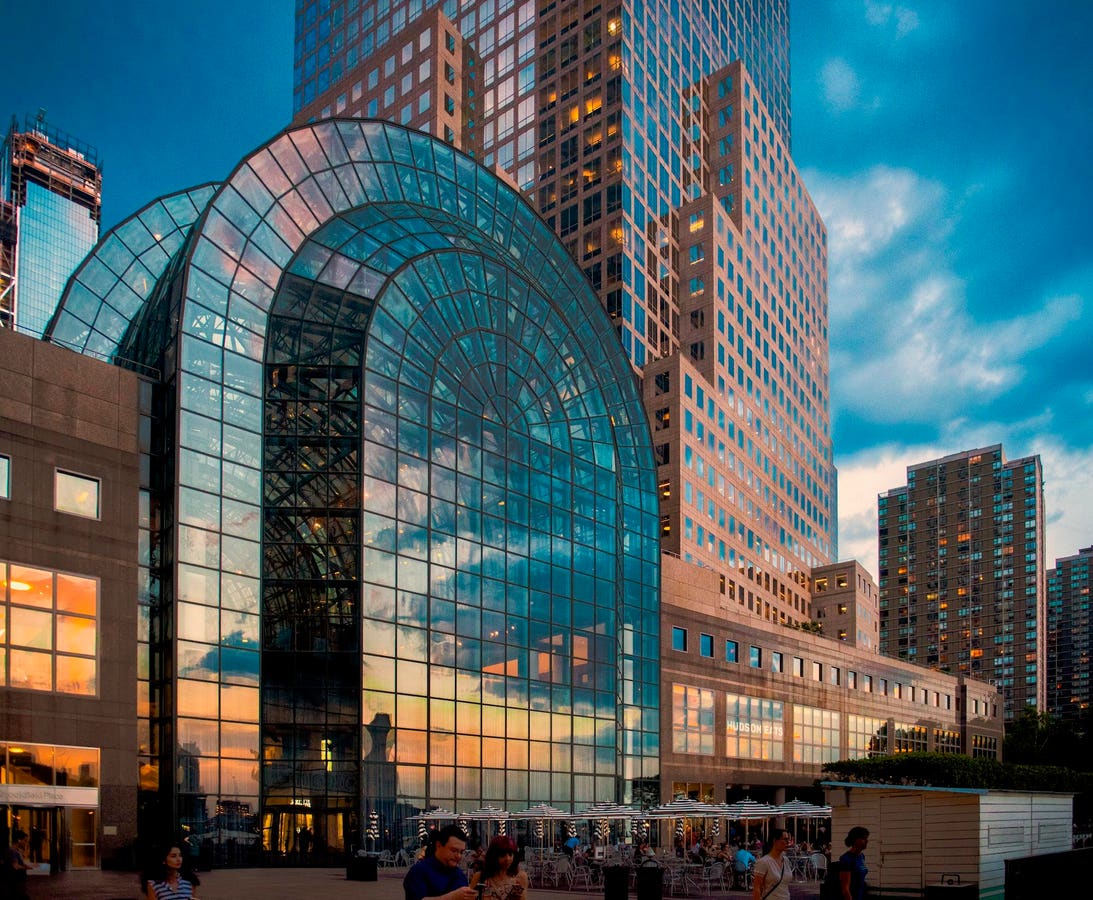The retail real estate landscape underwent various changes in 2023 that will likely be maintained in 2024. It has been impacted by evolving consumer preferences and the supply of quality retail, changing the types of tenants driving demand and the types of centers supplying it. Through various conversations with industry and data experts, a few key trends rose to the top, including wellness as a notable growing tenant, neighborhood centers and streets as popular properties for leasing and investment, and a scarce supply fueling a competitive market.
Wellness Takes Center Stage
In general, wellness is a sector on the rise. It’s not merely a consumer choice for health-conscious products but a shift in how consumers engage with wellness-oriented brands, emphasizing experience in retail stores. This transformation mirrors a broader societal shift towards holistic health, where consumers seek products and services that align with their well-being goals. According to McKinsey, “around 50 percent of US consumers now report wellness as a top priority in their day-to-day lives, a significant rise from 42 percent in 2020.” Therefore, it’s no surprise that wellness is also rising in retail real estate.
“Regarding wellness, the category is booming, but I feel strongly we’re still in the early innings and not slowing down. Clean Market at Brookfield Place and Reset by Therabody, Silver Mirror, and Peachy at Manhattan West are all recent wellness additions to our portfolio. The consumer demand demonstrates that these experiences and brands are now essential to routines, whether it be daily, weekly, or monthly,” said Jason Maurer, Executive Vice President of National Urban Retail for Brookfield Properties.
The number of wellness retail openings increased by 2.8% in 2023, or about five thousand new stores, based on chain opening data from ChainXY. In comparison, the luxury sector saw a 3.9% decline, and the jewelry sector a 1% decline. Although it may not be the only industry on the rise, it is undoubtedly making an impact and filling up a notable amount of tenant space.
Embracing Community In Streets And Neighborhood Centers
As the top retail malls fill up with tenants, it’s become increasingly common to see brands enter nearby neighborhood centers or freestanding locations. While street locations like Abbot Kinney in LA and South Congress in Austin continue to maintain popularity, streets in smaller towns, especially those that are alternatives to bigger more expensive malls, are gaining traction. For example, Downtown Birmingham in Michigan and Downtown Naperville outside of Chicago. Similarly, neighborhood centers like Brentwood Country Mart in LA and Lido Marina Village in Newport Beach are acting as quality alternatives to bigger malls and centers.
“The vast majority of tenant demand formation is flowing into freestanding properties and neighborhood centers, but all segments recorded growth in 2023. As far as investors are concerned, the same story is true, where the greatest focus has been on freestanding properties and neighborhood centers. The investor profile for the two segments looks very different, but both segments are generally targeted for their relatively stable yields,” stated Brandon Svec, National Director of Retail Analytics at CoStar.
The narrative is evolving from towering shopping malls to the allure of freestanding structures and neighborhood centers. Consumers are no longer satisfied with mere transactions; they crave community-centric experiences. This renaissance of local shopping hubs isn’t merely a consumer-driven shift but a strategic pivot by retailers. Perhaps it aligns with the prevailing trend of supporting local businesses, tapping into the desire for authenticity and personalized connections. However, it’s more likely being led by limited supply of spaces at larger quality malls and lifestyle centers.
Navigating Limited Spaces In A Competitive Market
In December of 2023, the retail vacancy rate across the US was 4.6%, the lowest level recorded by the CoStar group since they began tracking it in 2007. This is both due to high demand from tenants and low supply.
“On the supply side, construction was started on just 46 million square feet of retail space in 2023 compared to nearly 82 million in 2022, largely due to increased financing costs, reduced capital availability, and still-elevated input costs like land and materials. The lack of available space was further witnessed by the demolition of obsolete retail space, with more than 18 million square feet demolished in 2023,” underscores Svec. “Plenty of demand exists for prime retail corridors, and given the sparse supply outlook, the probability remains high that the US retail space market will remain tight in 2024.”
Amidst soaring demand, the quest for prime retail corridors intensifies. High-quality retail spaces are no longer just desirable; they’re essential for those striving to carve their niche in a fiercely competitive market. “The biggest change we’re seeing in the industry is the pace at which retail is evolving. Tenants today may not know exactly what their business looks like in three to five years,” stated Maurer. This new pace requires landlords to be agile, but it also requires tenants to stay competitive.
Beyond the competition, the scarcity has shifted how retailers approach real estate. It’s no longer just about securing space but leveraging limited spaces to create a unique and memorable brand experience. Landlords are doing the same to maintain tenants. For instance, Brookfield’s marketing and events team is vital in supporting tenants with programs like its annual festival for local brewers called Brews at Brookfield Place in Manhattan.
As retailers navigate these narratives, the retail real estate landscape of 2024 reflects a dynamic interplay between consumer values, limited supply, and shifting demand. The threads of wellness, community-centric experiences, and the challenge of limited spaces intertwine, telling a story of transformation that propels the retail sector into a new and exciting year.
Read the full article here





